Delighting as ever with thousands of electronic components around my Arduino board, I’m realizing only now how the colored jumper wires of various lengths, that I recently purchased online at various sites of robotics, are practical.
Working on it for some time now, I realize their high practicality. Having different colors they greatly facilitate their recognition within a prototype (often a tangle of wires) so that they can be classified by function: red 5V, black GROUND, yellow PWM signal and so on.
Moreover, they adhere very well to the breadboard and between them, avoiding that whenever a wire is too tense, it comes loose and comes out of the cavity.
They are also perfect (almost complementary) to this kind of connectors:

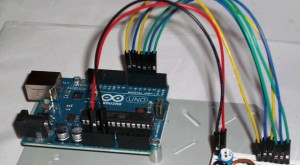
Moreover, since these wires are available with the two ends male-female, female-female and male-male, they allows me to work on many combinations; for example I have very long cables female-female used as extensions.
First, I’ve always wondered what was their name, since in Italy, they are always reported as simple and generic jumper cables. Well, their name is dupont wires, or rather DuPont. This name is derived from the manufacturer of the connector type they mount, both male and female end.
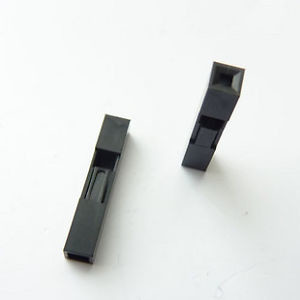
Moreover
Very often, the male end of the wire are not encapsulated into the plastic DuPont black connectors as the female (see Figure 3), but simply covered with a black sheath cylindrical (see Figure 5). Having available both types (true DuPoint male connector shell and a cylindrical sheath) I have to say that there is a difference between them, however, which must be taken into account. In fact, it would be preferable to have/use wires with DuPont male end. This is because these single channel connector are perfect to be placed in parallel to accommodate multiple female connectors (such as those mounted on Arduino) and only those with the casing square DuPont can be mounted perfectly side by side with each other (see Fig.6).
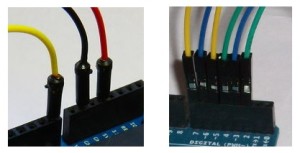
Thus, why don’t you male them on your own? Maybe using their crimping tool. And here is all the necessary material.
You can order chains containing 100, 150 and over male and female connectors, ready to be soldered to the wires and then crimped.
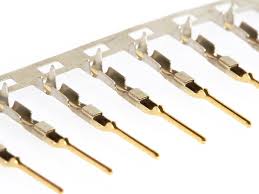
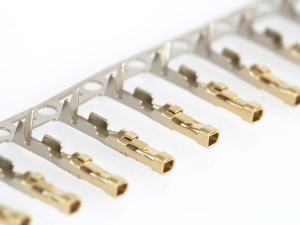
On the Internet, I lost a bit of time to search where I could buy online the starting material for the preparation of this type of wires: the crimping tool and the male and female connectors. Unfortunately, I discovered that in Italy there is almost nothing. The material would be available on Amazon.com at the time of order but then it turns out that Italy is not among the states included in the shipment. The origin of everything: China.
Instead on eBay you can find all the material. Then last night I ordered everything and soon (so to say, the expedition tells me over a month’s time). Once I will receive this material you’ll know it more in detail, with a tutorial article on how to make the dupont wires.
However, if you find distributors much more comfortable (not only in Italian …) do not hesitate to send me a comment.
.

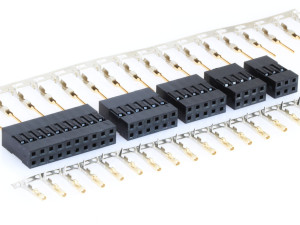
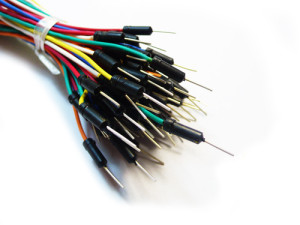
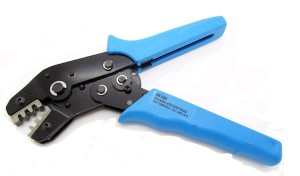
Pingback: ArduTouch Puts Way-Cool Sounds in Your Hand | Synth and Software